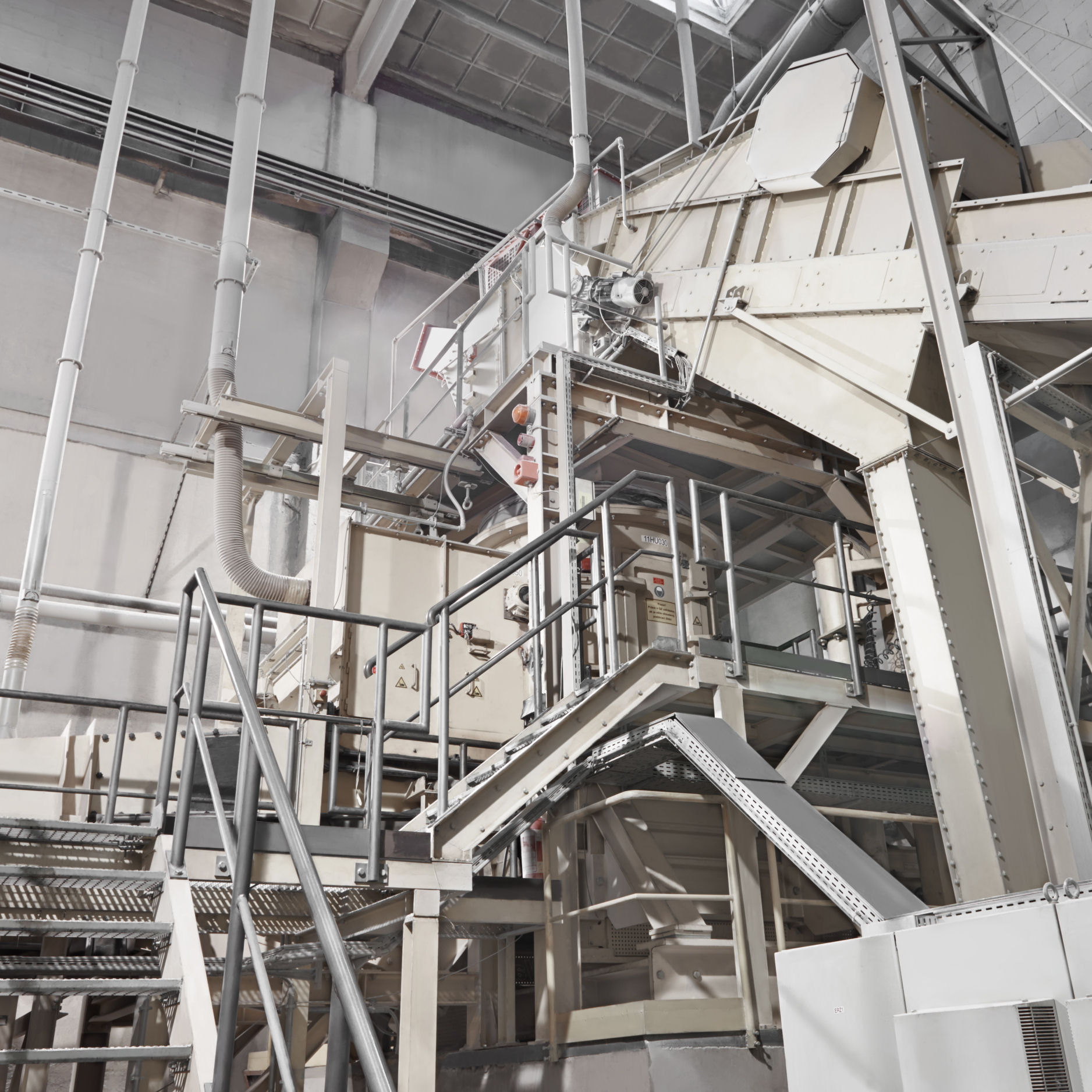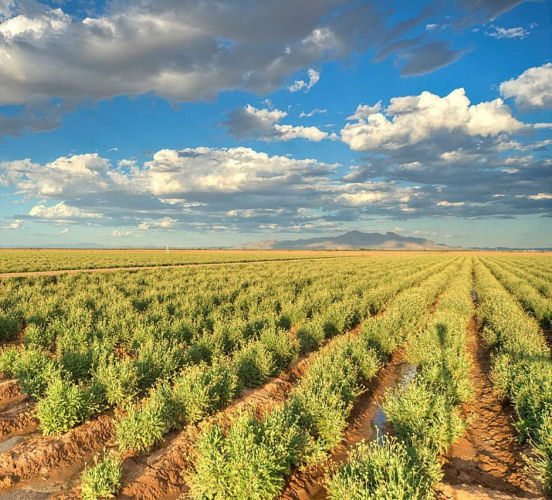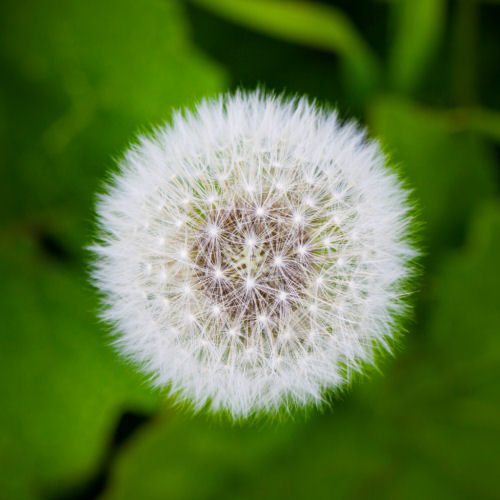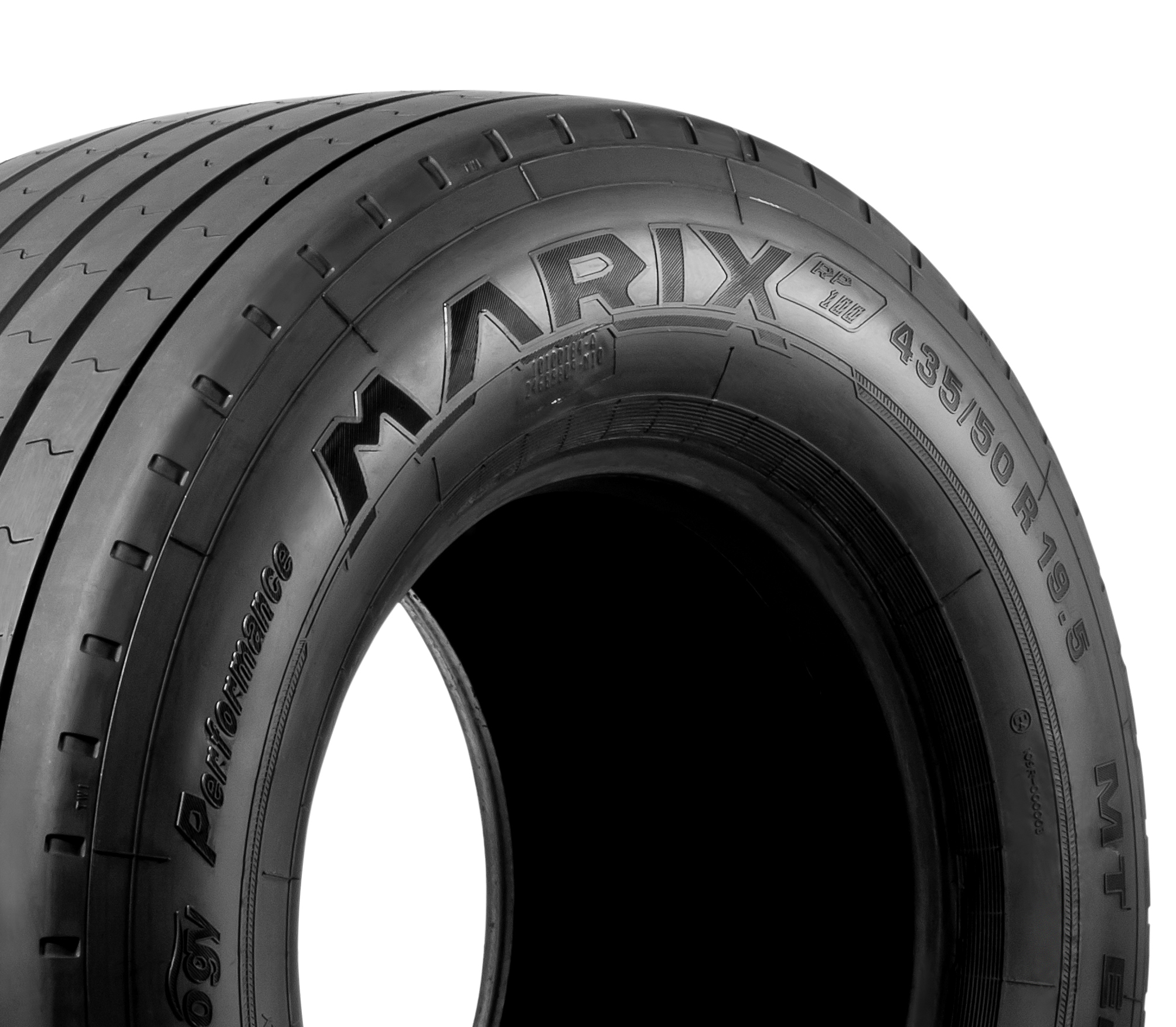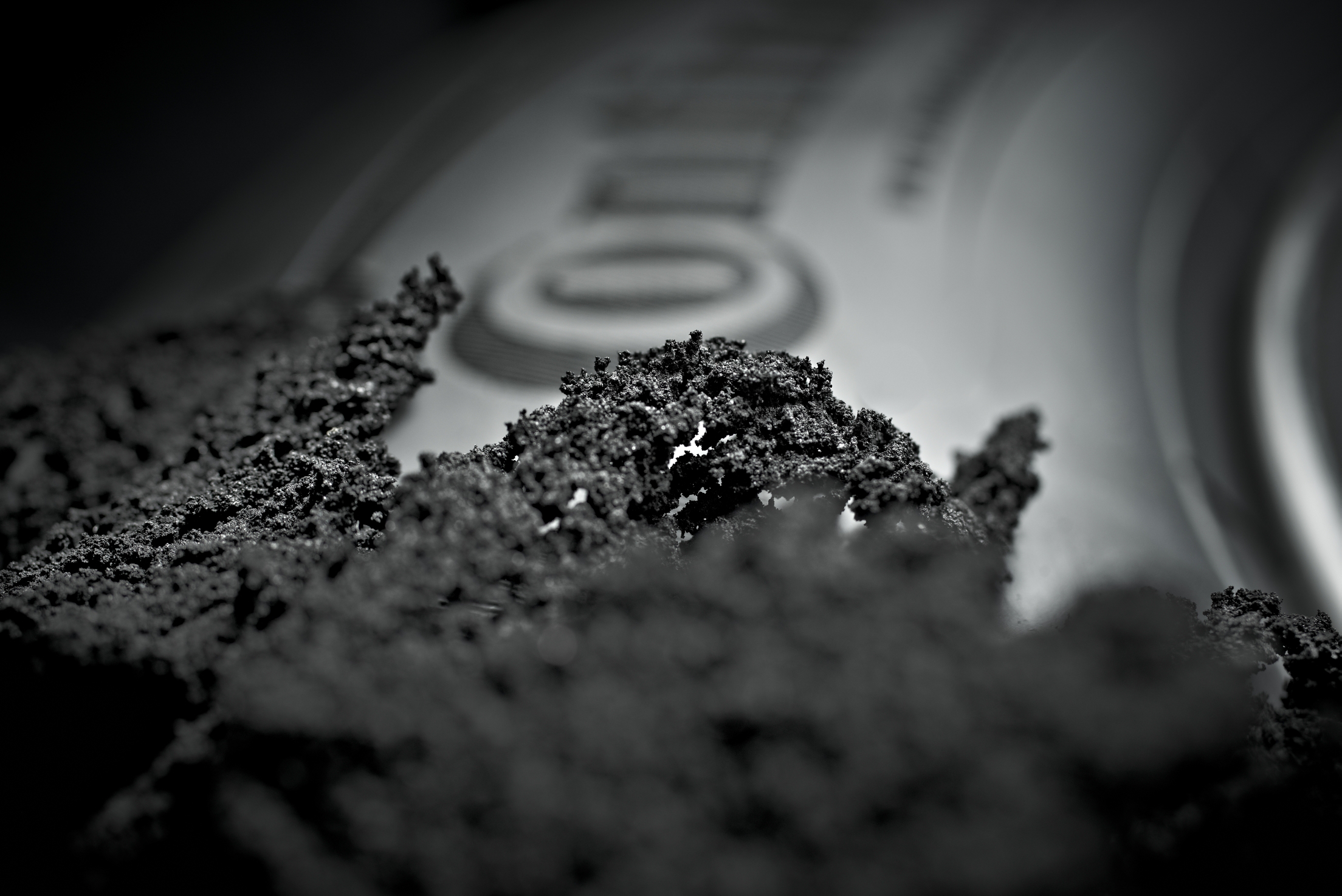‘Hurricane Machine’ increasing Conti’s production sustainability
Tyre maker Continental says a machine it has co-developed offers a new approach to recycling the rubberised steel cord scrap that arises during the manufacturing process. The unit, which has been named the ‘Hurricane Machine’, separates uncured rubber compound and steel cord by a process Continental that claims is a tyre industry world first.

